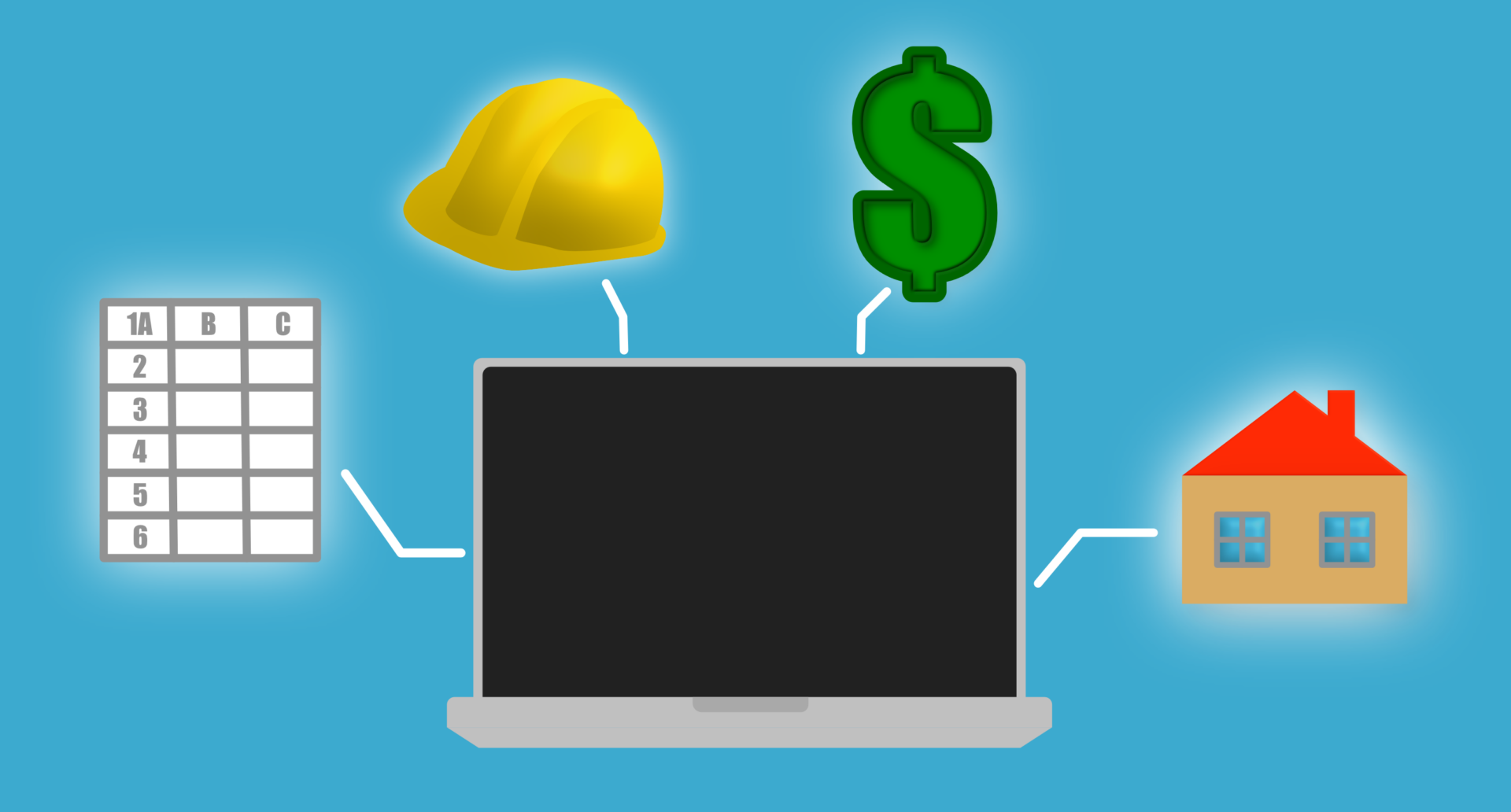Modern life is fast-moving and complicated. Make no mistake, there are a lot of companies that benefit financially from our overly complex lives! But the human brain didn’t develop in our always-on culture and fast-moving environment.
Making things slower and simpler makes it easier for human beings to enjoy life. But how exactly do you go about it? For National Simplicity Day on July 12, we’ve got some great ways to simplify.
In the most simple terms (see what we did there?) it all comes down to engineering the environment and building habits to rely on. Fewer decisions, fewer ways for things to go wrong, and the easier it is on everyone.
Engineering safety at work
There’s no reason for safety to be optional, as it so often is.
Take the motorcycle as an example. When it’s raining, they’re very hard for other drivers to see on the road. So when the driver activates the windshield wipers, the headlight automatically comes on. It’s not an option. (They should do that for cars too, honestly.)
Whether people are working from home or at the office or site, implementing safety habits (and refreshing them from time to time!) is an easy way to make sure that safety culture is part of the company culture.
1. Regular safety meetings
The reason safety meetings are so valuable is that they remind the brain of what’s important. If you bring up safety on a regular basis, that tells the brain to pay attention to it.
Monday mornings at the site are very good for these meetings. Workers (and managers) are coming off the weekend, where the focus may not have been on safety. A Monday morning safety meeting sets the tone for the week ahead.
But whenever you choose to hold yours, they need to be held at the same bat time same bat channel every week. If you hold them Monday mornings at 8:30 am, then hold them every single Monday morning at 8:30 am. If your site has more than one shift, then hold them at the beginning of every shift.
2. Safety topics at office/regular meetings
Many warehouse or EH&S managers already understand the value of safety meetings and hold them regularly. But their counterparts in the office might not. Spending five minutes on a safety topic at an office meeting demonstrates how important safety is to the entire company. Plus, office workers get hurt too.
Safety topics need to be on the agenda for every regular meeting. Robert’s Rules require meetings to be called to order, so add the safety topic onto the agenda just like any other item.
3. Ergonomics assessments for new employees
Whether in the office, at home or on site, employees need to be taught why proper positioning (and safety) is so important – and what their personal ergonomic setup should be.
The desk for a 5’0 employee should look completely different compared to a 6’4” worker. What’s ergonomically right for the shorter person will not be correct for the taller one.
Where possible, workers who might otherwise sit all day should be given the option of a standing desk (click here for a simple and inexpensive fix for folding tables.) As you probably know by now, sitting all day is bad for your health.
When seated, workers need to be ergonomically positioned, not reaching for tools they commonly use. At the computer, ensuring the monitor, chair, and desk are at the right height for feet, elbows, and shoulders is key, whether the worker is sitting or standing.
Don’t forget about remote workers! It’s not just employees in the office who need ergonomics but those who work at home, offsite, etc.
4. Periodic safety refreshers, including ergonomics
Habits get ingrained, but sometimes people can fall off the habit wagon. If it’s been a while since everyone at the company had an ergonomic assessment, it’s probably time to schedule one.
To keep it simple, you can introduce refreshers on a monthly/quarterly basis, whatever makes sense. Periodic refreshments and retrainings make sure that anyone who’s fallen off the wagon, so to speak, can get right back on. It also helps keep everyone in the mindset of safety.
Business operations
Simplifying and putting systems in place keeps work simple. You’d rather have employees thinking about strategies, not spending time worried about which version of the spreadsheet everyone is on.
5. If you have a spreadsheet, then try apps or software
Many of us are old-school and used to spreadsheets. We’ve used them for a long time, There’s still a place for spreadsheets in the world! However, if you use a lot of spreadsheets or you spend a lot of time fiddling with them, it’s probably time to think about software instead.
The problem with spreadsheets is that they’re manual. People have to enter numbers in, which leaves plenty of room for human error. If you’ve got formulas in your spreadsheets, they can go stale. Or someone who’s adding in more data might not copy them down into the new data.
Maybe someone forgets to update something, or they transpose a digit somewhere. Now the spreadsheet is incorrect and could lead you to making the wrong decision.
And it’s not always immediately obvious that something’s wrong in the spreadsheet. You could be using stale or incorrect data for months before someone realizes there’s an error. And then you have to go back to figure out where the mistake was made, which takes time away from moving forward in the business.
There are apps out there for practically everything. Another plus is that they often come with automatic reports that you can quickly run.
For example, while technically you can manage clients with a spreadsheet, you’re better off using customer relationship management applications. The software generates reports on birthdays for the month, who hasn’t been contacted in three months, and so on. Most of them allow you to set reminders so you’ll no longer forget about that important follow-up.
If you have a lot of spreadsheets that you use for work, think about what you’re using the spreadsheet for and see if you can find an app instead. There’s usually a little learning curve while you get the app up and running. But it will help prevent obvious mistakes, human errors, and speed everything up down the road.
Not sure if there’s an app for that? There’s software for practically everything. Some may even be free.
6. Use fewer applications
Conversely, you might have too many software applications and be spending too much time on your apps instead of on your business! Because there is an app for practically everything, some people end up with too much software instead of too little.
The rise in things like productivity apps has made some lives more complicated instead of less. Keep it simple by finding one application that you like for productivity, maybe project management software that comes with a built-in chat application, rather than a number of different ones that promise to make your life simpler but complicate it instead.
Likewise, using one app for all your company’s financial reporting needs is better than several that have to be stitched together to get the overall picture of the business.
If you’re overwhelmed by all your software, do an audit (or have someone do it for you) to find out where you can drop some of your apps. Or find one that combines a number of applications into one piece of software that gives you the answer you need.
Most software has bells and whistles that you don’t really need, so you may be able to give up complicated ones in favor of those that have just what you need.
Finances
Financial literacy decreases as we age – even though we feel just as confident in our knowledge. Oops. There are a few ways to manage finances that help keep things simple and easy to track no matter how old you are.
7. Fewer cards and accounts
Consolidate accounts where you can. Retirement plans from previous employers can often be rolled into an IRA.
For your business, or even at home, you don’t need a variety of checking accounts or a ton of credit cards. You need one or two, maybe. Don’t make your financial life more complicated than it needs to be – and the secret is that it doesn’t have to be complicated at all!
This is definitely one of those areas where people make money by making things more complex, but that doesn’t mean you need to fall into the trap.
8. Financial plan
Going to a financial planner and creating a plan helps you see your whole financial picture. The planner can tell you if you’re saving enough for retirement, or whether you need to bump up your savings.
Even if you implement the plan yourself, it’s worth it to get an objective observer to look over your plan and make sure you’re doing the right things.
At home
Simple at home can mean enjoying the simple things as a family.
9. Focus on everything that is not work or your business
Walking after dinner with the family, potentially with a pet. Putting the cellphones away so you can talk or do activities together. Just spending some time reading or eating in the same room.
You might even use your project management software to keep track of the kids’ activities and appointments, in addition to your own!
Need to lift the surface of a folding table so you can stand and work or play comfortably? Check out our full line of folding table risers here.
Lift Your TableⓇ… SAVE YOUR BACK!





